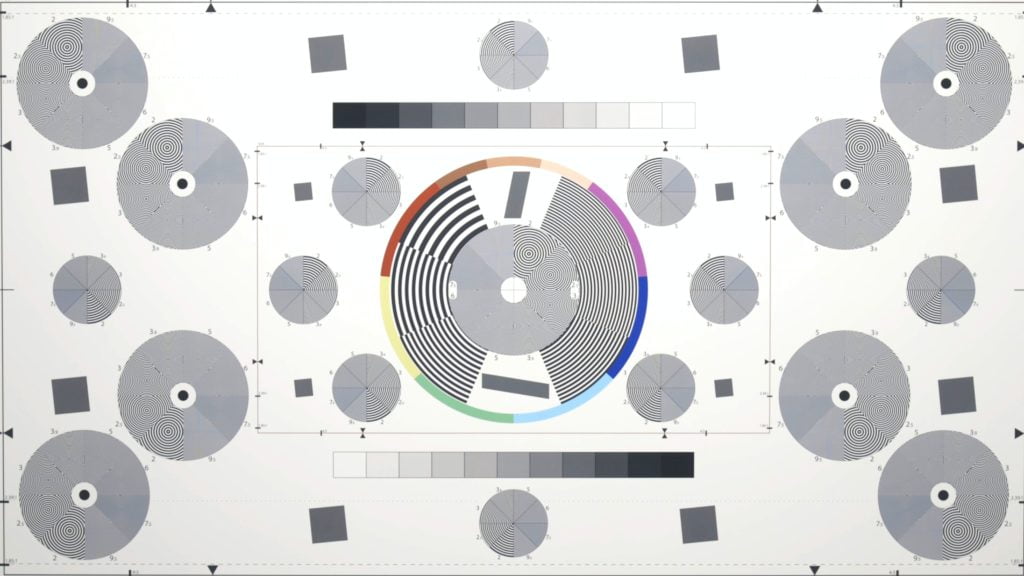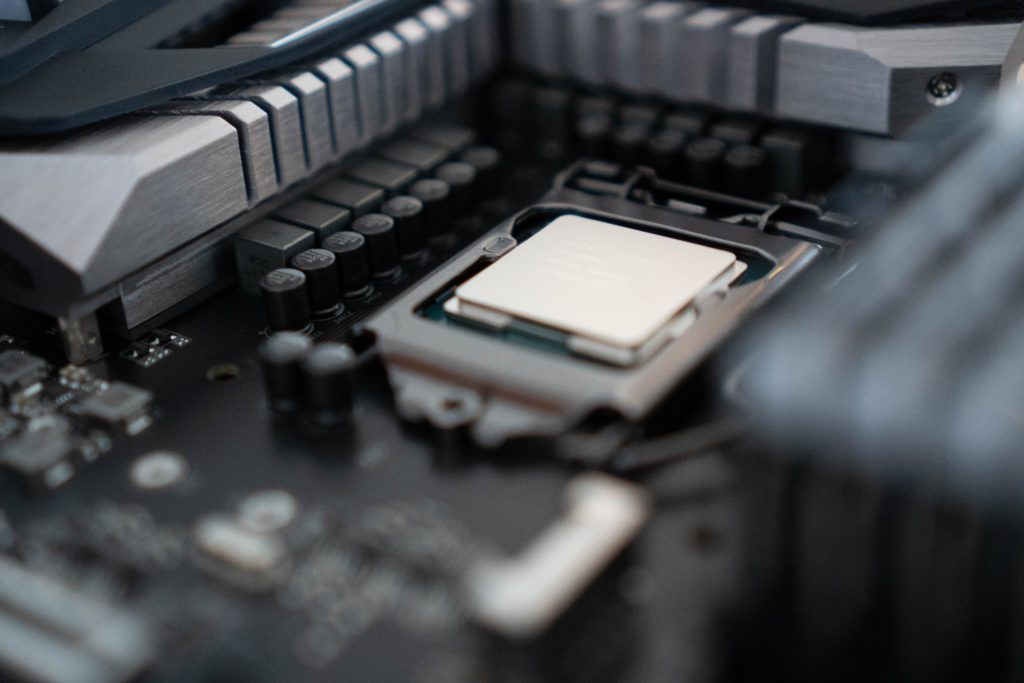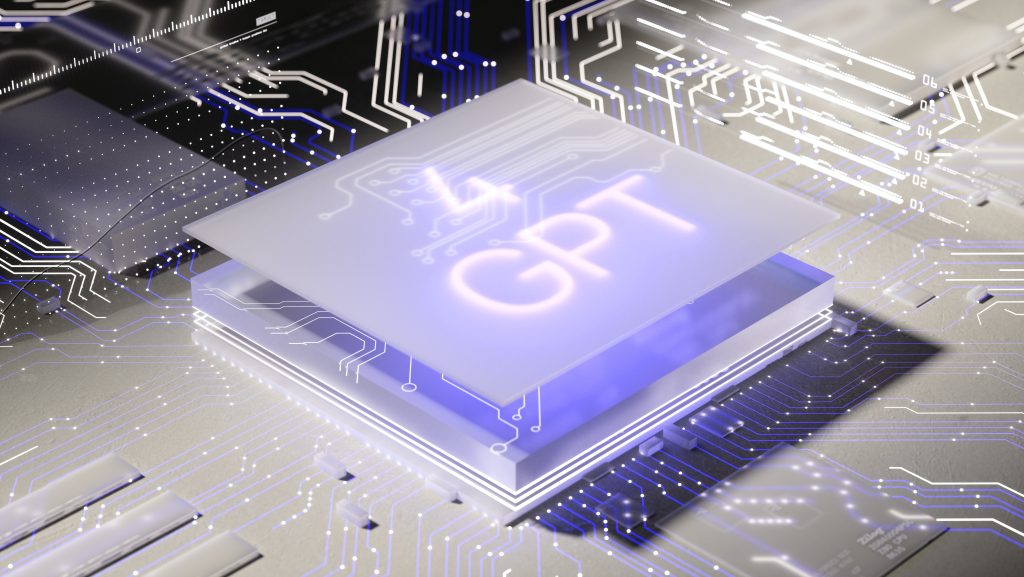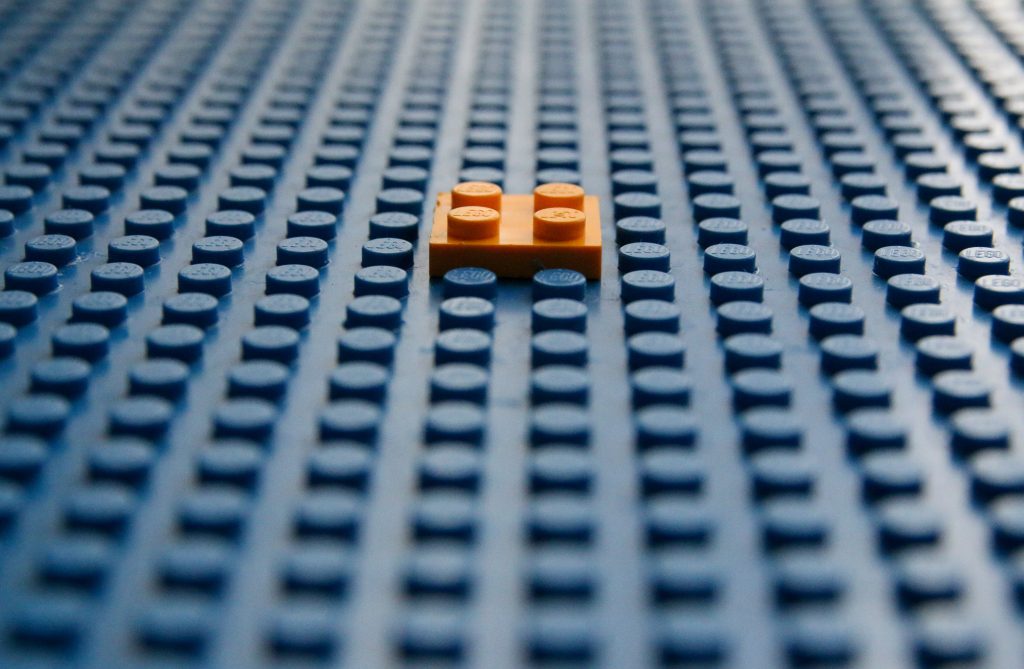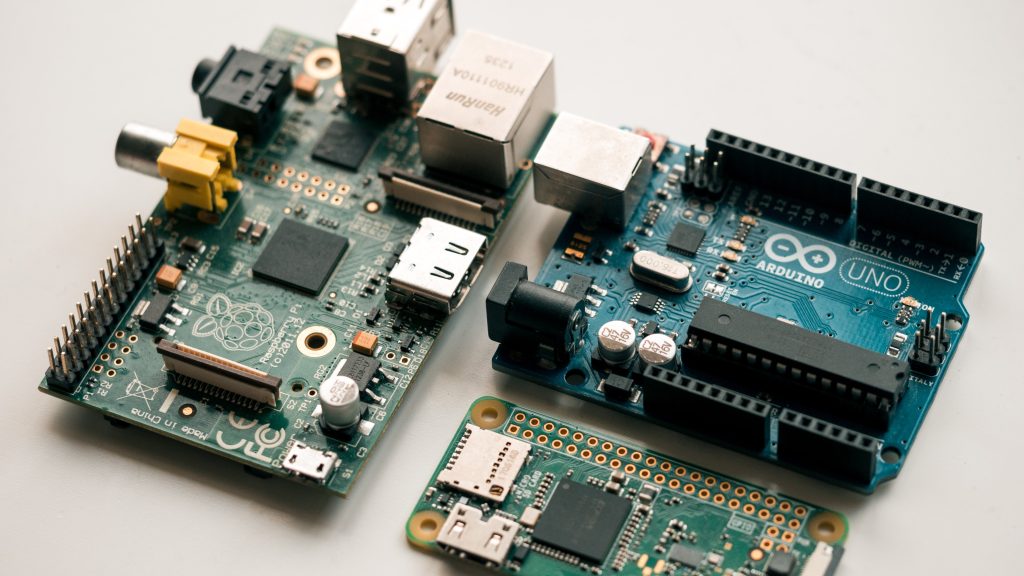Image Generated Using DALL-E
Introduction To PCIe:
Peripheral Component Interconnect Express (PCIe) is a high-speed serial computer expansion bus standard designed to replace the older PCI, PCI-X, and AGP bus standards. It connects high-speed components in a computer, such as graphics cards, SSDs, and network cards. Unlike its predecessors, PCIe provides higher data transfer rates and is more flexible regarding the layout of the physical connections. It operates using a point-to-point topology, with separate serial links connecting each device to the host, which reduces latency and increases data transfer efficiency.
Pros of PCIe:
Higher Bandwidth: PCIe offers significantly higher bandwidth than older standards like PCI and AGP (Accelerated Graphics Port), allowing faster data transfer between components.
Scalability: The standard supports various configurations (x1, x4, x8, x16), enabling devices to use the number of lanes that best matches their performance requirements.
Lower Latency: The point-to-point architecture reduces latency as each device has a dedicated connection to the host.
Backward Compatibility: PCIe is backward compatible, allowing newer devices to work with older hardware, albeit at lower performance.
Flexibility: It supports various devices. It is also widely used in consumer and enterprise environments.
Cons of PCIe:
Cost: PCIe devices and motherboards are more expensive than their older PCI or AGP counterparts.
Complexity: The increased performance and capabilities come with increased complexity in design and implementation.
Physical Space: Higher bandwidth versions like x16 slots can take up more physical space on motherboards, limiting the number of places available.
Power Consumption: High-performance PCIe devices, especially GPUs, can consume significant power, requiring better power supply and cooling solutions.
Upgradability Issues: Some older motherboards might not support the latest versions of PCIe, limiting upgrade options.
Future of PCIe:
The future of PCIe is promising, with continuous development to increase bandwidth and efficiency. PCIe 5.0 and upcoming standards like PCIe 6.0 and 7.0 are set to offer even higher bandwidth and performance improvements, catering to the growing demands of data centers, AI, and high-performance computing. The adoption of PCIe in emerging technologies like autonomous vehicles is broadening its applications beyond traditional computing. Moreover, integrating advanced features like increased data security and power management will likely make PCIe more versatile and sustainable for future technology needs.

Introduction To CXL:
Compute Express Link (CXL) is an open standard interconnect for high-performance computing components. It is built on the PCI Express (PCIe) physical and electrical interface but is distinct in its operations and objectives. CXL focuses on creating high-speed, efficient links between the CPU and workload accelerators like GPUs, DPUs, FPGAs, and memory expansion devices. CXL addresses the high-bandwidth, low-latency needs of next-generation data centers and computing applications, facilitating efficient sharing of resources and improved performance.
Pros of CXL:
High Bandwidth And Low Latency: CXL provides high bandwidth and low-latency communication between the CPU and connected devices, crucial for data-intensive tasks.
Memory Coherency: One of the critical features of CXL is its support for memory coherency, allowing devices to share memory resources efficiently.
Scalability: CXL supports various device types and sizes, making it highly scalable for different computing demands.
Future-Proofing: As an evolving standard, CXL is future-proof, with capabilities to support upcoming computing needs in AI, machine learning, and big data analytics.
Interoperability With PCIe: Since the PCIe infrastructure inspires CXL, it leverages the widespread adoption and existing ecosystem of PCIe, easing integration and adoption.
Cons of CXL:
Complexity In Implementation: Implementing CXL can require significant hardware design and architecture changes.
Compatibility Issues: While CXL is compatible with PCIe, there may be compatibility issues with existing hardware that must adopted for CXL.
Limited Adoption Currently: As a relatively new technology, CXL is still in the early stages of adoption, which might limit its immediate availability and support.
Cost Implications: The Adoption of CXL could imply additional costs in terms of hardware upgrades and data center reconfigurations.
Requirement For Newer Hardware: To leverage CXL’s benefits, newer CPUs and devices that support the standard are required, which may only be feasible for some organizations.
Future of CXL:
The future of CXL looks promising and is poised to play a significant role in the evolution of data center architectures and high-performance computing. As the demand for faster data processing and improved memory access grows, CXL will become more prevalent in new CPU architectures. Its ability to efficiently connect CPUs with high-speed accelerators and memory expanders aligns well with AI, machine learning, and significant data trends. Ongoing development and refinement of the CXL standard and growing industry support suggest that CXL will become a key technology in enabling more flexible, efficient, and robust computing systems.
Comparison of PCIe and CXL:
Below table highlights the main technical differences and similarities between PCIe and CXL. PCIe is a more general-purpose interface with a broad range of applications. At the same time, CXL is specialized for high-speed, coherent connections between CPUs and specific types of accelerators or memory expanders. The development and adoption of both technologies are continually evolving, reflecting the changing demands of computer hardware and data processing.
| Features Specification | PCIe (PCI Express) | CXL (Compute Express Link) |
|---|---|---|
| Purpose | General-purpose high-speed I/O interface | High-speed interconnect for CPU-to-device communication and memory coherency |
| Introduced | 2003 | 2019 |
| Based On | Original PCIe standards | Built on PCIe 5.0 physical and electrical interface |
| Bandwidth (Per Lane) | PCIe 5.0: 3.94 GB/s, PCIe 6.0: 7.56 GB/s, PCIe 7.0: 15.13. GB/s | Based on underlying PCIe standard; same as PCIe |
| Topology | Point-to-point | Point-to-point |
| Lanes | x1, x4, x8, x16, x32 | Based on PCIe, typically x16 |
| Max Throughput | PCIe 5.0: 63.00 GB/s (x16), PCIe 6.0: 121 GB/s (x16), PCIe 7.0: 242 GB/s (x16) | Based on PCIe lanes; subject to the PCIe version used |
| Use Cases | Wide range: GPUs, SSDs, Network Cards, etc. | Primarily for workload accelerators (GPUs, FPGAs), memory expanders |
| Key Features | Scalability, backward compatibility, high bandwidth | Memory coherency, low latency, high-speed CPU-device interconnect |
| Power Management | Advanced power management features | Inherits PCIe’s power management and adds advanced features for connected devices |
| Market Adoption | Widespread in consumer and enterprise hardware | Emerging, primarily in data centers and high-performance computing |
| Backward Compatibility | Yes, with previous PCIe versions | Compatible with PCIe, but specific features require CXL-compatible hardware |
| Security | Depends on implementation; no inherent security layer | Potentially includes support for secure device sharing and memory protection |
| Future Development | Continued bandwidth improvements (PCIe 6.0 and beyond) | Increasing adoption, integration with AI and ML applications, and further development of memory coherency features |
In conclusion, while sharing some foundational technologies and physical interfaces, PCIe and CXL serve distinct purposes in the computing landscape.
The interplay between PCIe and CXL in the future of computing is significant. PCIe continues to serve as the backbone for general hardware connectivity.
At the same time, CXL will enhance the capabilities of high-end computing systems, addressing specific challenges in memory access and device communication.
As technology advances, the integration and co-evolution of PCIe and CXL will be crucial in shaping the next generation of computing architectures and systems.

